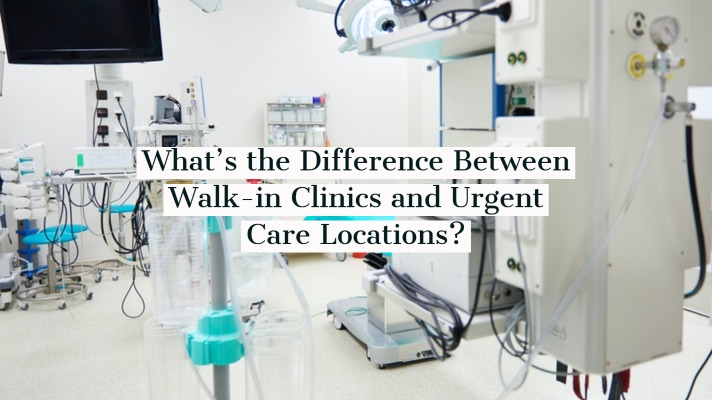
Updated 3/8/21
It is at most times hard to differentiate between walk-in clinics and urgent care locations. Well, these two are identical in many ways, but they have several differences that affect the medical care you receive.
Here is how they differ.
Cost: Urgent care centers deal with more complex cases than walk-in clinics therefore medical services are more expensive.
Equipment: urgent care centers have better medical equipment compared to walk-in clinics. These include lab testing facilities, x-ray machines, and many other regular types of equipment.
Operating Hours: Urgent care centers provide good medical care whenever needed while walk-in clinics operate on regular business hours, and they close on weekends and at night.
Time: Walk-in clinics operate on a first-come, first-served but urgent care prioritizes patients who suffer from conditions that are critical.
The more severe your injury is the longer it takes to heal or recover. A broken forearm recovery usually takes 3 to 6 months to heal although. A broken arm without swelling or bruising needs to be treated as soon as possible and that will include immediate treatment and applying of ice. For a broken arm skating to heal, it takes approximately 6 to 8 weeks.
The common symptoms of a broken bone include:
Deformity
Pain
Swelling
Many people use the terms “walk in clinic” and “urgent care center” interchangeably, but is there a difference?
Well, yes and no. In many cases, a medical walk in clinic can be used to describe any location that accepts patients without an appointment. In some sense of the word, that could mean virtually anywhere: urgent care locations will often take people as they come in with minimal wait time, as they’re designed to treat non-life-threatening emergencies and are often open seven days a week. Likewise, emergency rooms also accept people as they walk in.
But more specifically, a walk in clinic is differentiated from the other types of medical service locations because they tend to cater to uninsured or underinsured populations, offering things like flu vaccinations, pink eye treatment, or care for minor sprains or infections. The point is to do so at a low cost and without the need for a scheduled visit to a primary care physician.
Which is not to say that urgent care locations don’t offer the same or similar services. In fact, they provide quite a few more. Urgent care clinics tend to have X-rays and other technical equipment on hand, which means they can treat more serious injuries. Four out of five urgent care centers, for example, provide fracture care, and many can even prescribe medications (and might even have a pharmacy to fill it on location).
However, neither an urgent care clinic nor a walk in clinic should really take the place of your primary care physician. While the convenience is great for just popping in at an early or evening hour, it’s important to establish a working relationship with a medical professional who understands your medical history.
That said, for those bumps, scrapes, bruises, or nasty colds, urgent care locations or walk in clinics are both viable options when you need medical attention on the fly. If it’s a true emergency, however, it’s always best to get to the hospital first. Learn where to find emergency room care and urgent care in your area, and get to know the difference.
